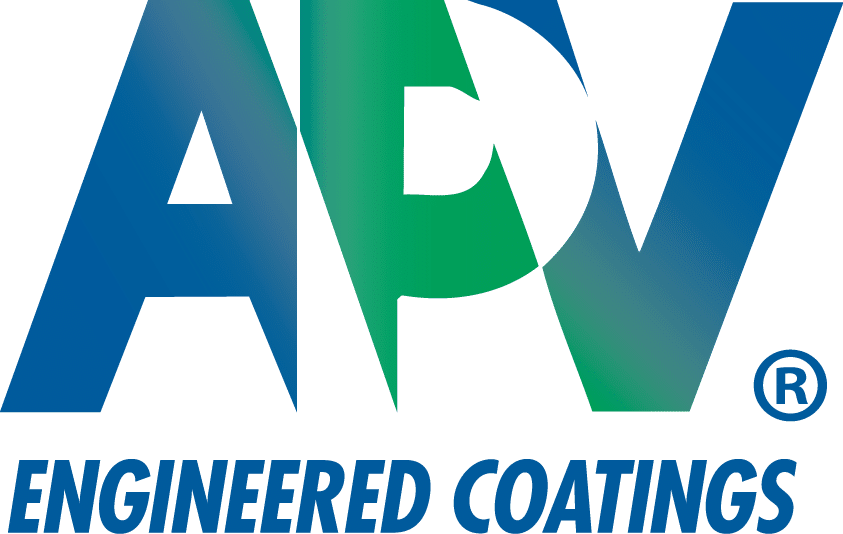Story at a glance:
- Exterior coating restoration projects involving architectural steel surfaces should always include a case-by-case inspection to identify the proper preparation and products needed to ensure optimum protection.
- To coat steel surfaces, many specifiers are turning to single-component, water-based coating systems.
As they age, coated metal building facade products can take on a lackluster appearance. Time and environmental conditions take their toll, and the coating degrades, exposing the underlying substrate to damage. In this situation architects may be tempted to replace facade materials with new, factory-fresh materials—a costly, time-consuming endeavor that disrupts building occupants and activities and diverts old materials to landfill.
A better option is freshening a building’s exterior with field-applied coatings optimized for metal surfaces. The right exterior coating can provide the same type of fade-resistant performance associated with its factory-applied counterparts.
Exterior coating restoration projects involving architectural steel surfaces should always include a case-by-case inspection to identify the proper preparation and products needed to ensure optimum protection. From the environmental conditions of the building to the current condition and type of steel to the type of coating system specified, several important details can affect the short- and long-term success of coating a steel exterior.
The 4 Cs of Surface Preparation

Ambient environmental conditions are important when buildings are located in wetlands. Photo courtesy of Stuart Dean
1. Climate. Sunlight, moisture, temperature extremes, wind, particulate, chemical pollutants and abrasion can break down a coating over time. Chemical agents and free radicals in sunlight, water and atmospheric pollution can react with a coating’s chemistry, attacking the pigment particles and molecular bonds of the binder resin. Climate can also affect a coating’s curing ability, lay down/aesthetics, and fry film thickness. Coatings applied in poor environmental conditions can risk the long-term performance of the coating and negatively impact its lifecycle. Application will run more smoothly and lead to better results if the coating system has early water resistance and the ability to be applied in a range of temperature and humidity conditions.
2. Corrosion. When coatings break down, erode and expose the steel substrate, these climate conditions cause a troublesome electrochemical process called corrosion. When selecting a field-applied coating system, specifiers should therefore pay close attention to the structure’s “micro-climate,” including moisture, humidity, UV exposure and ambient chemical pollutants, to help identify the right high-performance coating system.
3. Condition/Cleanliness. Simply pressure washing the façade and then painting is not nearly enough. Analyzing the existing condition of the steel is critical for determining surface preparation or cleaning processes needed to identify the requirement for additional chemical or coating treatments in a multi-coat system. Following ISO or NACE standards to identify surface conditions, atmospheric corrosivity category, level of cleanliness and suitable surface profile are mandatory steps for ensuring coating longevity.
4. Coating. Coating systems are formulated to work with specific substrates. A formulation developed for masonry is not suited for steel surfaces. Coatings manufacturers provide detailed information about substrate/coating compatibility on their product data sheets, field coatings application guides and the product’s material specification, all of which should be consulted.
Overcoating Versus Removal
A coating manufacturer’s documents on substrate/coating compatibility also provide important information, including coverage, VOCs, dry rate and viscosity, as well as how to prepare the steel substrate and apply the primer and topcoats properly.
The condition of the existing coating system and substrate will indicate whether complete removal or overcoating is the best solution. The amount of corrosion or degradation present, degree of coating defects on the surface, number of coats and adhesion between coats are some of the factors to consider before making an overcoat or complete removal decision.
The coating manufacturer can offer resources or personnel to make a case-by-case assessment and determine the optimum solution. With their assistance, it can also be verified that the specification for a project follows the warranty.
Priming
While topcoats may get more attention from a curb-appeal standpoint, the quality and performance of coating system’s primer can make all the difference. Primers fill the pores of the surfaces to be coated and increase the adhesion of the coating.
Manufacturers highly recommend that a mock-up be installed with proper surface preparation and then tested using ASTM D3359 Standard Test Method for Measuring Adhesion by Tape Test before coating. Inadequate adhesion will cause the coating to delaminate and fail, eliminating its protective properties.
Intercoat Adhesion

Specify primers and topcoats from the same manufacturer to ensure good intercoat adhesion. Photo courtesy of APV Engineered Coatings
Sometimes intercoat adhesion—or compatibility between primer and topcoat—is overlooked but can be an issue if not considered. The manufacturer has already done extensive testing of its formulations with respect to performance and compatibility, so it’s a smart decision to source a multi-coat system from the same manufacturer.
Benefits of PVDF-Based Coatings
To coat steel surfaces, many specifiers are turning to single-component, water-based coating systems like NeverFade® Exterior Paints with Kynar Aquatec®. Formulated with polyvinylidene fluoride (PVDF), a tough engineering thermoplastic that withstands thermal, chemical and ultraviolet conditions, this particular low-VOC coating system has demonstrated more than 18 years of weatherability in extreme conditions. It promotes long-term adhesion to steel surfaces, protecting against corrosion, UV degradation, color fading, mold and mildew growth, dirt pick-up and abrasion.


